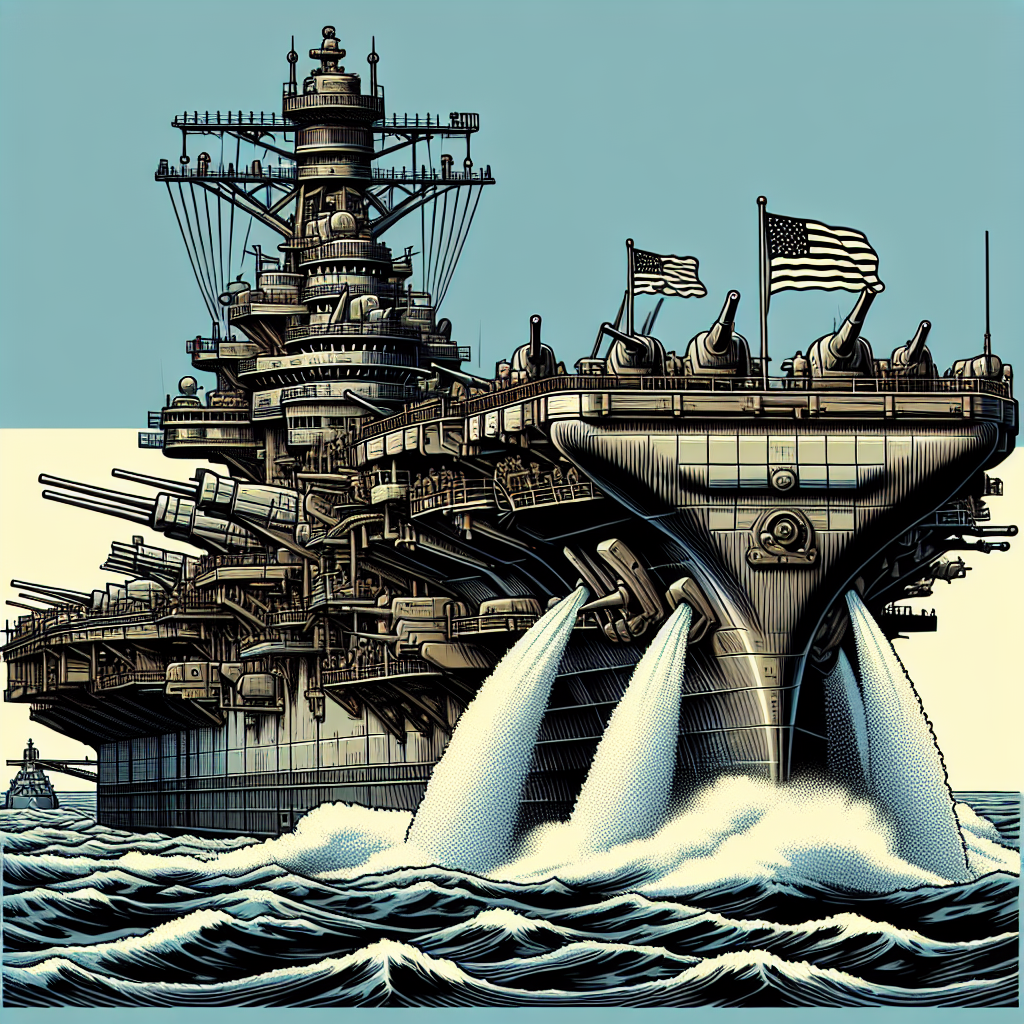USS Theodore Roosevelt Arrives in South Korea Amid Rising Tensions
The nuclear-powered USS Theodore Roosevelt arrived in South Korea for a three-way military exercise aimed at countering North Korean threats, which have intensified with its alliance with Russia. The exercise, involving the United States, South Korea, and Japan, aims to enhance readiness across air, sea, and cyberspace domains.

- Country:
- South Korea
The nuclear-powered United States aircraft carrier, USS Theodore Roosevelt, arrived in South Korea on Saturday for a joint military exercise, intensifying defense training in response to escalating North Korean threats closely tied with its alliance with Russia.
The USS Theodore Roosevelt strike group's arrival in the port of Busan follows South Korea summoning the Russian ambassador to protest a new defense pact between Russian President Vladimir Putin and North Korean leader Kim Jong Un. South Korea has labeled this agreement a security threat, hinting at possible arms support to Ukraine as a countermeasure — a strategy that could severely strain relations with Moscow.
Announced in June after a defense chiefs' meeting in Singapore, the 'Freedom Edge' exercise aims to refine the unified response capabilities of the United States, South Korea, and Japan in air, sea, and cyberspace operations. The training, where the Theodore Roosevelt strike group will participate, is slated to commence this month.
The South Korean navy released a statement emphasizing that the arrival of Theodore Roosevelt underscores the robust defense stance and "stern willingness to counteract North Korean threats." This visit follows the USS Carl Vinson's appearance in South Korea seven months earlier, enhancing military deterrence against the North. Besides, the Theodore Roosevelt strike group conducted a trilateral exercise in April with South Korean and Japanese naval forces in the East China Sea, amid growing concerns over China's territorial ambitions.
With increasing North Korean threats, the United States, South Korea, and Japan have amplified their joint training efforts and heightened the presence of strategic U.S. military assets in the region. Concurrently, the U.S. and South Korea are updating their nuclear deterrence strategies to ensure rapid and decisive American nuclear support should North Korea launch a nuclear attack.
(This story has not been edited by Devdiscourse staff and is auto-generated from a syndicated feed.)
ALSO READ
Zelenskiy Seeks Clarity on US Military Aid Amid Ongoing Tensions
Pakistan's Strategic Cooperation: Dar Commends US Military Equipment Retrieval
France Condemns US Military Aid Pause: A Diplomatic Clash
Ukraine's Resilience Amid US Military Aid Pause
Trump orders pausing of US military aid for Ukraine after Oval Office blowup, pressuring Zelenskyy on Russia talks, reports AP.










